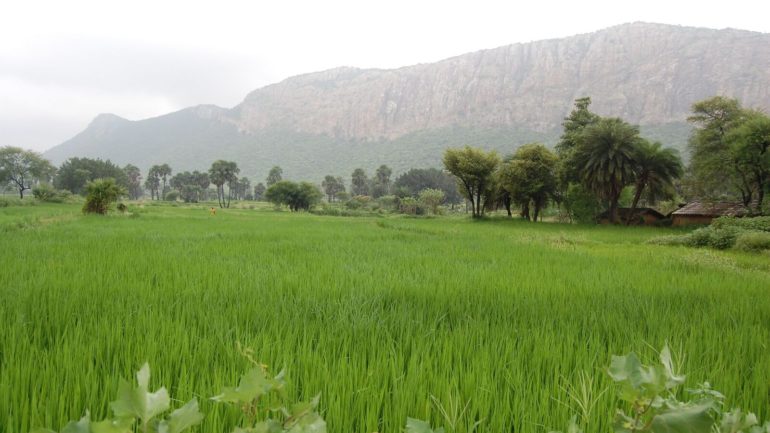Blog

India is facing the daunting challenge of providing electricity to millions of energy-poor people. Decentralized solar technology is an appealing solution to this problem. Not only has it become more affordable over the last years, it is also cleaner than competitors such as kerosene.
Who adopts these technologies? What is the profile of the communities and households that make the jump? We have a good sense of the typical users in rich countries, but not in countries like India. In a new article (ungated) in Energy for Sustainable Development, Chao-yo Cheng, Johannes Urpelainen, and I looked for the typical rural Indian solar power user.
In short, decentralized solar power has been most successful among relatively wealthy households living in relatively poor and remote communities that nonetheless have good accesses to financial services.
To reach this conclusion, we examined two potential sets of factors that explain why communities and households adopt distributed solar power:
- Geographic and geological factors: how much solar insolation does the community get? How close is it to the nearest town? Is it connected by good roads?
- Socioeconomic factors: how wealthy are households? Do they have access to banks? How large is the community?
This analysis allowed us to establish several stylized facts.
First, the quality of solar radiation matters. This may seem self-evident, but solar panels have flourished in places where one wouldn’t necessarily expect them (e.g. Germany). Given that many people in rural India must make careful decisions with their limited income, using solar power makes most sense in places that reliably benefit from solar power. An idle solar panel is wasted money.
Second, access to finance is essential. People living in industrialized countries can get loans from their banks within minutes. Things are more complicated in countries with dysfunctional financial markets. Bankers don’t know how reliable their potential customers are – there are no credit scores to rely on. And consumers cannot easily reach out to borrow funds at an affordable rate. We find that the presence of banks substantially increased the chances that communities would adopt distributed solar power, even after accounting for wealth.
Third, decentralized solar power has been most successful in poor areas. However, within these communities, it is the wealthier households that first adopt solar power. What seems like a paradox in fact makes sense. Distributed solar power is most valuable in places that are ignored by government elites and bureaucrats. But this technology often remains too expensive for the poorest. It is therefore the (relatively) rich among the (relatively) poor that are the first customers of decentralized solar power.
Our study has two important implications. One is that finance remains crucial. While governments cannot do much about insolation, they can facilitate access to credit. Improving access to finance is a challenge, especially since many people live off irregular wages. But this makes good policy all the more important. This is probably the most actionable conclusion of our study.
Another implication is the need to differentiate between communities and households. From a policy perspective, the obstacles are not the same depending on whether one wants to expand solar across or within communities. Two otherwise identical households may in fact face very different situations depending on the community in which they are located. Mapping out the differences and complementarities of household and community electrification would likely generate valuable insights. Ultimately, understanding how the two differ could improve the design and the effectiveness of rural electrification programs.
